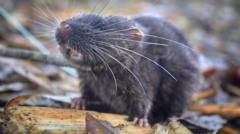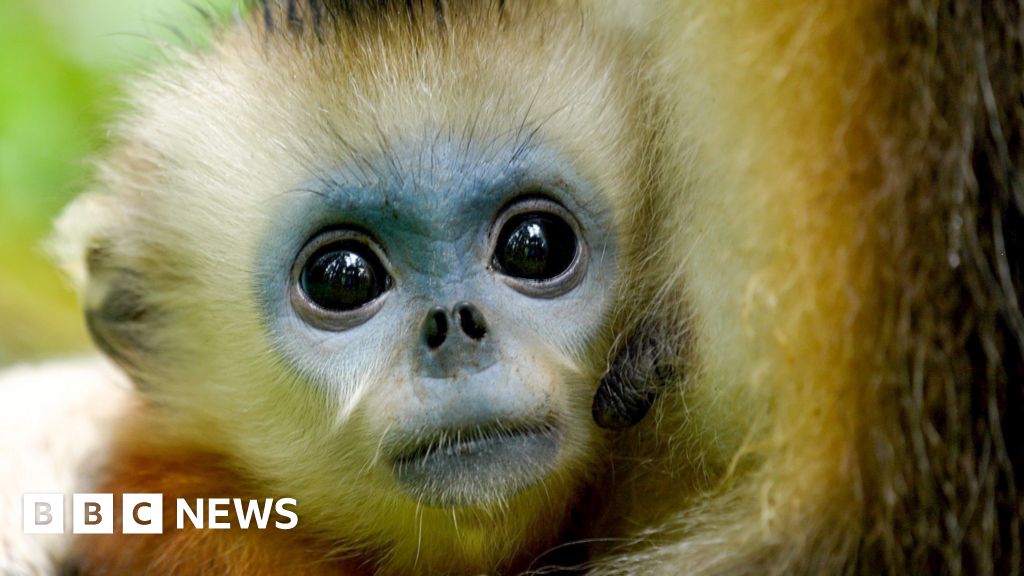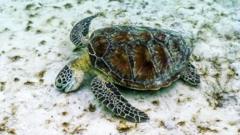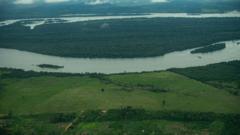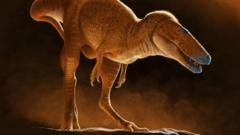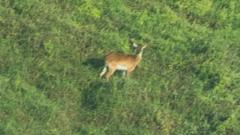In a remarkable revelation for biodiversity, scientists have discovered 27 new species, including an amphibious mouse with webbed feet and a peculiar "blob-headed" fish, during an expedition to Alto Mayo in Peru. The mission, led by Conservation International in collaboration with local indigenous communities, underscores the ecological value of this protected area, which encompasses part of the Amazon rainforest.
Trond Larsen, senior director at Conservation International, expressed astonishment at the number of mammals and vertebrates cataloged, particularly within such a landscape affected by human activity. The study reveals an alarming reality where deforestation and agricultural development are jeopardizing these ecosystems, as noted by the challenges posed by the area's relatively high population density.
Yulisa Tuwi, an Awajún woman involved in the research, remarked on the vital connection between the report and the Awajún people’s cultural and environmental stewardship. She highlighted that expanded knowledge of their territory enhances their capability to protect their resources and heritage.
The expedition's findings also encompass a new dwarf squirrel species, eight new fish types, three amphibians, and 10 butterfly species. The newly identified "blob-headed" fish, associated with the bristlemouth catfish family, astonished scientists with its unusual enlarged head—something local Awajún communities already knew about.
Another intriguing discovery was a dwarf squirrel measuring only 14 cm (5.5 inches), notable for being half the size of the average grey squirrel in the UK. This small creature boasts a chestnut-brown hue and is known for its agility among trees.
Additionally, researchers found a new species of spiny mouse, named for its distinctive stiff guard hairs reminiscent of hedgehog spines. Among the expedition’s more unique findings was a rare "amphibious mouse," a semi-aquatic species that is adept at consuming aquatic insects.
The various discoveries also included a new type of climbing salamander, a tiny arboreal opossum distinguished by its large ears adapted for acute hearing, and multiple new skipper butterfly species, further illustrating the rich biodiversity of the Alto Mayo region. As scientists continue to explore, there may be up to 48 other species awaiting verification, highlighting the need for conservation in this biologically diverse area.

